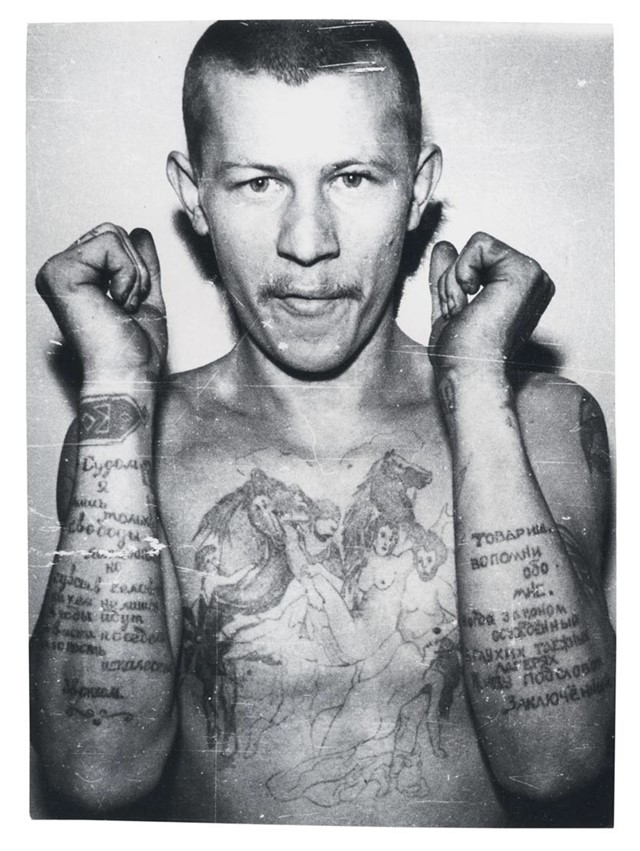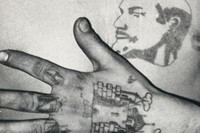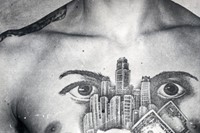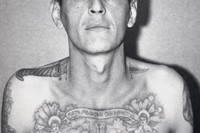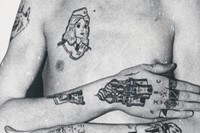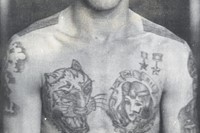As photographs of Russian prisoners and their tattoos are published, we examine the complex criminal language behind the ink
A man in chains, birds in free flight, religious iconography and the many bobbled domes of Russian cathedrals. These are some of the many images tattooed onto the skin of Russian prisoners in a series of photographs published this month by FUEL. The collection of 918 photographs was originally collected by Arkady Bronnikov – an expert in criminal behaviour at the USSR Ministry of Internal Affairs – between the 1960s and 1980s, and was intended for police use. Bronnikov visited prisons throughout the Ural and Siberia regions, interviewing and photographing inmates. The images offered the authorities an entry in the complex language of tattoo art, illustrating identifying marks with which to apprehend known criminals and deciphering images related to gang culture.
"The images offered the authorities an entry in the complex language of tattoo art"
But the photographs are also personal. Look beyond the ink and you see young men, confrontational and vulnerable by turns. Long have tattoos been considered as personal as fingerprints. In a series of beautifully shot short films on Channel 4, Tattoo Twists, individuals describe their designs like diary entries, each one offering profound and personal stories of relationships, family histories and self-portrayal. These tattoos – though documenting a different set of, admittedly more aggressive, histories – are no different. They each give a biographical glimpse into the character beneath the skin.
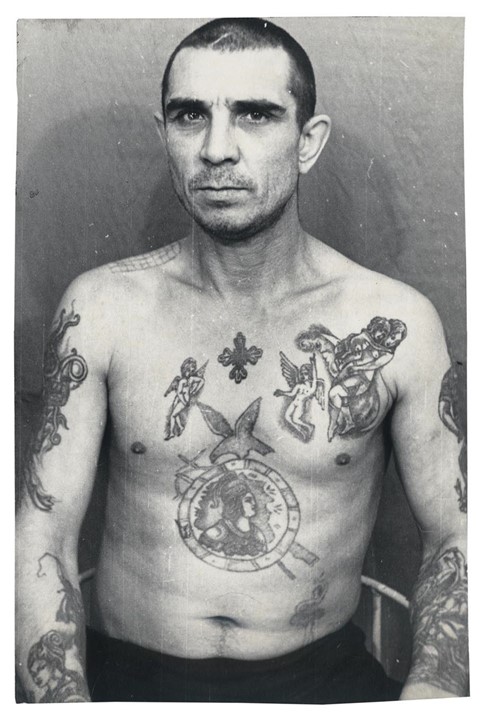
Each image in the gallery is accompanied by its original text from the police file, explaining the tattoos. Whilst a dagger sketched across the collarbone means "hire me to kill", a detailed illustration of the Greek myth of Prometheus suggests a prisoner's ability to escape. The meanings behind the designs are myriad but highly specific: signfiers of age, histories of crimes committed and allusions to Russian political history, whether a tribute to the revolutionary Lenin or antagonistic to Stalin's regime.
FUEL present: Russian Criminal Tattoo Police Files is on display at Grimaldi Gavin until November 21.
